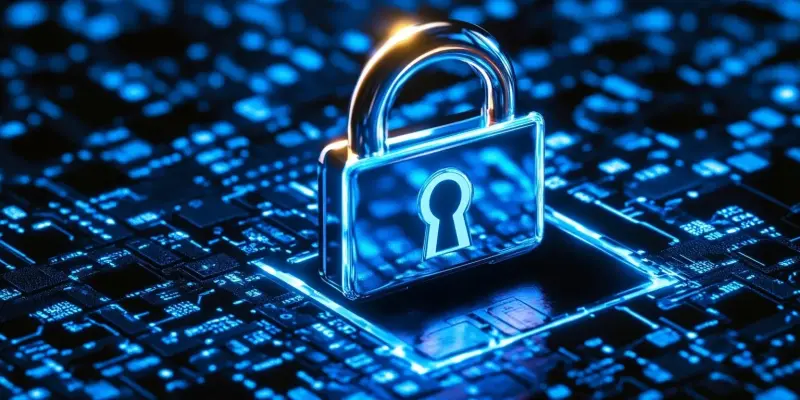The recent data breach at DISA Global Solutions, Inc. has raised alarm bells across various sectors, with the organization confirming that the personal information of over 3.3 million individuals undergoing employment screenings has been compromised. The breach, which was detected on April 22, 2024, involved unauthorized access to DISA’s network and continued for more than two months, starting from February 9, 2024. Third-party forensic experts were called in to assist in investigating this incident and determining the extent of the data compromised.
Even though it’s still unclear what exact data was stolen, it is likely that a range of sensitive information was involved, including names, Social Security numbers, driver’s license numbers, financial account details, and other personal identifiers. The prolonged exposure of Social Security numbers particularly heightens concerns, as these are highly valuable commodities for cybercriminals. Despite DISA’s immediate actions to contain the breach upon discovery, the incident has intensified calls for stronger security measures and modernized practices, especially concerning the use of Social Security numbers in digital consumer identification.
Impact and Immediate Response
Breach Discovery and Containment
Upon the breach’s discovery on April 22, 2024, DISA acted swiftly to contain the incident, notifying relevant authorities, restoring its operations, and enhancing its security protocols to prevent further unauthorized access. While DISA reported there was no current evidence suggesting that the compromised data had been misused, the exposure of such a significant amount of personal information remains a major concern. The company is now under intense scrutiny for its security practices and the effectiveness of its breach detection and response mechanisms.
DISA’s response included offering 12 months of free credit monitoring and identity restoration services through Experian to the affected individuals. This measure aims to help mitigate the potential fallout from the breach and provide guidance on protecting one’s financial information. Additionally, DISA set up a dedicated helpline, offering affected individuals immediate assistance and support. However, despite these measures, the incident has sparked a broader debate about the adequacy of current security practices concerning sensitive personal data.
Security Measures and Expert Critique
The prolonged period during which the breach went undetected has raised substantial concerns among cybersecurity experts. Javvad Malik from KnowBe4 criticized DISA’s cybersecurity posture, stressing the importance of adopting stronger measures to safeguard sensitive data. Malik’s viewpoint underscores the need for organizations handling sensitive information to transition from a reactive to a proactive cybersecurity approach, implementing robust defenses before incidents occur rather than scrambling to address them afterward.
Moreover, Cory Michal of AppOmni highlighted a critical oversight in the industry’s regulatory landscape. He pointed out that background check firms are often subject to weaker security controls compared to financial institutions, leaving them particularly vulnerable to cyberattacks. Michal’s observations suggest that the largely unregulated nature of this sector may embolden cybercriminals to target firms like DISA, thereby increasing the necessity for enhanced regulatory standards and more stringent cybersecurity protocols.
Lessons and Future Preventive Measures
Social Security Numbers and Digital Identification
A significant critique arising from DISA’s data breach pertains to the use of Social Security numbers for digital consumer identification. Experts argue that in an age of escalating cyber threats, relying on Social Security numbers, an antiquated identifier, is increasingly untenable. The simplistic approach to digital identification not only enhances vulnerability but also leads to catastrophic consequences when breaches occur. As such, the incident amplifies calls for adopting advanced authentication methods and multi-factor authentication to bolster security.
The necessity for industry-wide reforms is evident. Organizations must reassess their identification strategies, implementing more secure alternatives that could potentially reduce the attractiveness of personal data caches to cybercriminals. Moreover, the emphasis should be on adopting encryption and secure access controls, ensuring that even if breaches occur, the stolen data remains unusable for malicious purposes. This shift requires a collective industry commitment towards enhancing overall cybersecurity standards and strategies.
Strengthening Cybersecurity Protocols
The recent data breach at DISA Global Solutions, Inc. has sent shockwaves through multiple industries. The organization confirmed that the personal information of over 3.3 million individuals undergoing employment screenings has been compromised. This breach, detected on April 22, 2024, involved unauthorized access to DISA’s network and lasted more than two months, beginning on February 9, 2024. Third-party forensic experts were brought in to investigate and determine the extent of the compromised data.
While the exact information stolen remains unclear, it is likely that a variety of sensitive details were involved, including names, Social Security numbers, driver’s license numbers, financial account information, and other personal identifiers. The prolonged exposure of Social Security numbers is particularly concerning, as these are especially valuable to cybercriminals. Although DISA took immediate steps to contain the breach upon its discovery, this incident has amplified demands for stronger security measures and updated practices, particularly regarding the use of Social Security numbers in digital consumer identification.

